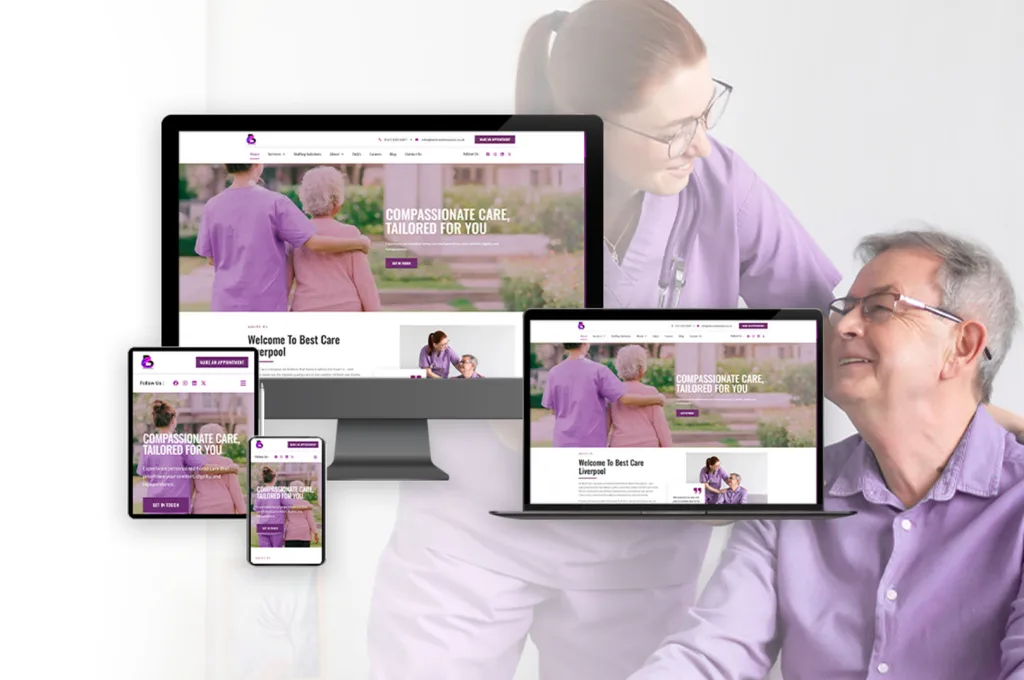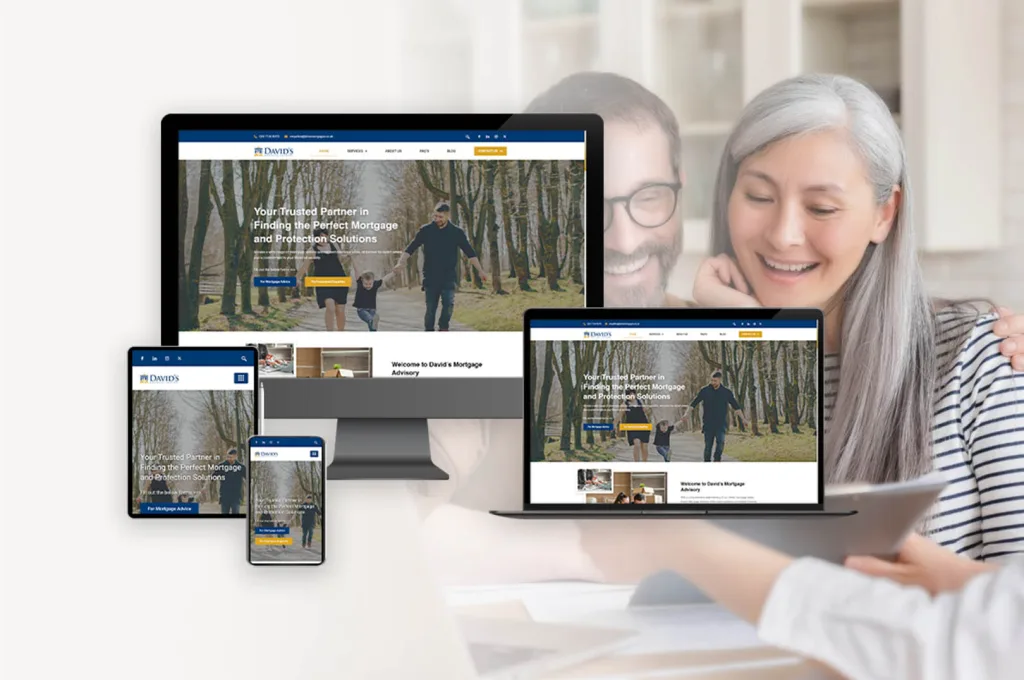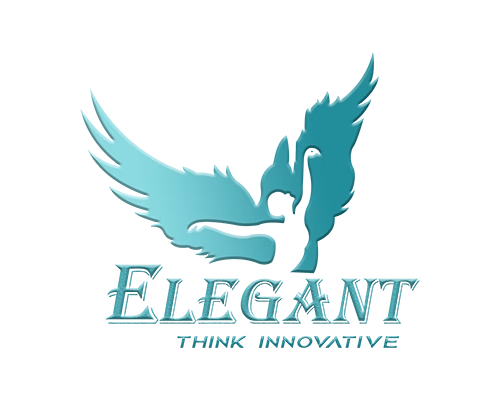Logistics and Transport Web Design & SEO: Tips and Essentials
Introduction
Logistics and transport web design and SEO are essential components of any successful business. With the right design and SEO strategy, businesses can ensure their website is optimized for search engine visibility, user experience, and overall success. This guide will provide tips and essentials for creating a successful logistics and transport web design and SEO strategy. We will discuss the importance of website design, SEO best practices, and how to measure success. With the right approach, businesses can ensure their website is optimized for success.

How to Optimize Your Logistics and Transport Website for SEO
Optimizing your logistics and transport website for SEO is essential for increasing visibility and driving more traffic to your website. SEO, or search engine optimization, is the process of improving the visibility of a website or web page in a search engine’s unpaid results. By optimizing your website for SEO, you can increase your website’s visibility and ranking in search engine results, which can lead to more website visitors and potential customers. Here are some tips for optimizing your logistics and transport website for SEO.
1. Use relevant keywords. Keywords are words or phrases that describe the content of your website. When optimizing your website for SEO, it’s important to use relevant keywords throughout your website’s content. This will help search engines understand what your website is about and rank it higher in search engine results.
2. Optimize your website’s title and meta tags. The title and meta tags of your website are important for SEO. The title tag should include the main keyword of your website, and the meta tags should include relevant keywords that describe the content of your website.
3. Create quality content. Quality content is essential for SEO. Make sure your website’s content is relevant, informative, and engaging. This will help search engines understand what your website is about and rank it higher in search engine results.
4. Optimize your website’s images. Images are important for SEO. Make sure to include relevant keywords in the file names and alt tags of your website’s images. This will help search engines understand what your website is about and rank it higher in search engine results.
5. Build backlinks. Backlinks are links from other websites to your website. Building backlinks to your website can help increase its visibility and ranking in search engine results.
By following these tips, you can optimize your logistics and transport website for SEO and increase its visibility and ranking in search engine results. This can lead to more website visitors and potential customers.
The Benefits of Responsive Design for Logistics and Transport Websites
Responsive design is an increasingly popular approach to website design, and it has many benefits for logistics and transport websites. Responsive design is a method of website design that allows a website to adapt to the size of the device it is being viewed on. This means that the website will look and function optimally regardless of whether it is being viewed on a desktop computer, a laptop, a tablet, or a smartphone.
For logistics and transport websites, responsive design offers a number of advantages. Firstly, it ensures that the website is accessible to all users, regardless of the device they are using. This is especially important for logistics and transport websites, as they are often accessed by customers who may be using a variety of different devices. By ensuring that the website is accessible to all users, it increases the chances of customers finding the information they need and making a purchase.
Secondly, responsive design ensures that the website is easy to navigate. As the website adapts to the size of the device it is being viewed on, it ensures that the navigation is easy to use, regardless of the device. This makes it easier for customers to find the information they need, and increases the chances of them making a purchase.
Finally, responsive design ensures that the website looks professional and attractive. As the website adapts to the size of the device it is being viewed on, it ensures that the website looks professional and attractive, regardless of the device. This helps to create a positive impression of the company, and increases the chances of customers making a purchase.
In conclusion, responsive design offers a number of benefits for logistics and transport websites. It ensures that the website is accessible to all users, regardless of the device they are using. It also ensures that the website is easy to navigate, and looks professional and attractive. For these reasons, responsive design is an important consideration for any logistics and transport website.
How to Create an Engaging User Experience for Logistics and Transport Websites
Creating an engaging user experience for logistics and transport websites is essential for businesses in the industry. By providing a positive user experience, businesses can increase customer satisfaction, loyalty, and ultimately, revenue. Here are some tips for creating an engaging user experience for logistics and transport websites.
1. Make the Website Easy to Navigate: The website should be easy to navigate, with clear menus and labels. Users should be able to find the information they need quickly and easily.
2. Provide Relevant Content: Content should be relevant to the user’s needs. This includes information about the company’s services, pricing, and contact information.
3. Use Visuals: Visuals can help to engage users and make the website more interesting. This includes images, videos, and infographics.
4. Offer Live Chat: Live chat is a great way to provide customer service and answer questions quickly.
5. Use Responsive Design: Responsive design ensures that the website looks good on all devices, from desktop computers to mobile phones.
6. Optimize for Search Engines: Optimizing the website for search engines will help to increase visibility and attract more visitors.
By following these tips, businesses in the logistics and transport industry can create an engaging user experience for their websites. This will help to increase customer satisfaction, loyalty, and ultimately, revenue.
The Latest Trends in Logistics and Transport Web Design
Logistics and transport web design is constantly evolving to meet the needs of businesses and customers alike. As technology advances, so too do the trends in web design. Here, we will explore the latest trends in logistics and transport web design.
First, mobile-friendly design is becoming increasingly important. As more and more people use their phones and tablets to access the internet, it is essential that websites are optimized for mobile devices. This means that the website should be easy to navigate and use on a small screen. Additionally, the website should be designed to load quickly on mobile devices.
Second, the use of visuals is becoming more popular. Logistics and transport websites should include visuals such as maps, diagrams, and videos to help customers understand the services offered. This can help customers make informed decisions about their shipping needs.
Third, the use of interactive elements is becoming more common. Interactive elements such as chatbots and virtual assistants can help customers quickly find the information they need. Additionally, interactive elements can help customers track their shipments in real-time.
Finally, the use of artificial intelligence (AI) is becoming more prevalent. AI can be used to automate certain tasks, such as tracking shipments and providing customer service. This can help businesses save time and money, while providing customers with a better experience.
These are just a few of the latest trends in logistics and transport web design. As technology continues to evolve, so too will the trends in web design. Businesses should stay up-to-date on the latest trends to ensure their websites are optimized for customers.
Best Practices for Logistics and Transport Website Security
Logistics and transport websites are essential for businesses to manage their supply chain operations. However, these websites are also vulnerable to cyberattacks, which can lead to data breaches and other security issues. To ensure the security of your logistics and transport website, it is important to follow best practices for website security.
1. Use Strong Passwords: Passwords are the first line of defense against cyberattacks. Make sure to use strong passwords that are difficult to guess and contain a combination of upper and lowercase letters, numbers, and special characters. Additionally, it is important to change passwords regularly and avoid using the same password for multiple accounts.
2. Enable Two-Factor Authentication: Two-factor authentication (2FA) adds an extra layer of security to your website by requiring users to enter a code sent to their mobile device or email address in addition to their password. This makes it much more difficult for hackers to gain access to your website.
3. Use Secure Connections: Make sure to use secure connections such as HTTPS or SSL when transmitting sensitive data. This will encrypt the data and make it much more difficult for hackers to intercept it.
4. Monitor Website Activity: Regularly monitor your website for suspicious activity such as unusual logins or changes to content. If you notice anything suspicious, take immediate action to investigate and address the issue.
5. Install Security Software: Install security software such as firewalls and antivirus programs to protect your website from malicious software and other threats. Make sure to keep the software up to date to ensure the latest security patches are applied.
By following these best practices, you can ensure the security of your logistics and transport website and protect your business from cyberattacks.
Conclusion
Logistics and transport web design and SEO are essential for businesses in the industry to succeed. With the right strategies, businesses can create a website that is optimized for search engines, attract more customers, and increase their visibility online. By understanding the basics of web design and SEO, businesses can create a website that is both attractive and effective. With the right strategies, businesses can ensure that their website is seen by the right people and that their products and services are easily found. With the right strategies, businesses can ensure that their website is seen by the right people and that their products and services are easily found.
FEATURED POSTS
-
 Elegant Shines at BestWeb.LK 2025 with 4 Prestigious Awards
Elegant Shines at BestWeb.LK 2025 with 4 Prestigious Awards -
 Why Every Bakery Needs a Professional Website
Why Every Bakery Needs a Professional Website -
 Why Yoga Instructors or Yoga Institutes Should Have a Professional Website
Why Yoga Instructors or Yoga Institutes Should Have a Professional Website -
 How a Mobile Friendly Website Can Boost Your Sales
How a Mobile Friendly Website Can Boost Your Sales -
 ELEGANT Launches New Website for Best Care Liverpool
ELEGANT Launches New Website for Best Care Liverpool -
 ELEGANT Launches New Website for David’s Mortgage Advisory Ltd with a Fresh, Professional Look
ELEGANT Launches New Website for David’s Mortgage Advisory Ltd with a Fresh, Professional Look



